If you’re thinking about getting a houseplant or two, any of these easy houseplants for beginners are a great place to start.
These 11 plants are all super-easy to care for, even for total newbies to houseplants. They can survive (and even thrive!) in less than optimal conditions. Most will even tolerate a bit of neglect.
If you’ve never had a houseplant before, or you’ve never had much success, don’t worry! You don’t need a green thumb to add these easy houseplants to your home. Here’s how to add a little green to your living space without spending much time or effort.
Disclaimer: we may receive a small commission when you make a purchase from a link on this site, at no added charge to you. See our disclosure policy for more info.
Pothos
(Epipremnum aureum)
With its glossy, heart-shaped leaves and trailing vines, it’s no wonder pothos is one of the most popular houseplants.
Pothos is also one of the easiest houseplants to care for. Pothos does well in low light conditions, bright indirect light, and everything in between. Just be sure to keep your plant out of direct sunlight.

Your pothos prefers not to be overwatered, so wait until the top two inches (5 cm) of soil are dry before watering. The leaves will become droopy if your plant is too dry, but will bounce back after watering.
Pothos grows fairly quickly, and cuttings root easily in just water. Soon you’ll be able to turn your first pothos plant into lots of plants, perfect for decorating your home or giving away to friends and family.
Swedish ivy
(Plectranthus verticillatus)
Also known as creeping Charlie, Swedish ivy isn’t Swedish, and it isn’t ivy either! Native to southeast Africa, this trailing plant doesn’t need frequent watering, making it a good choice for people who travel a lot—or those who just forget to water their plants.
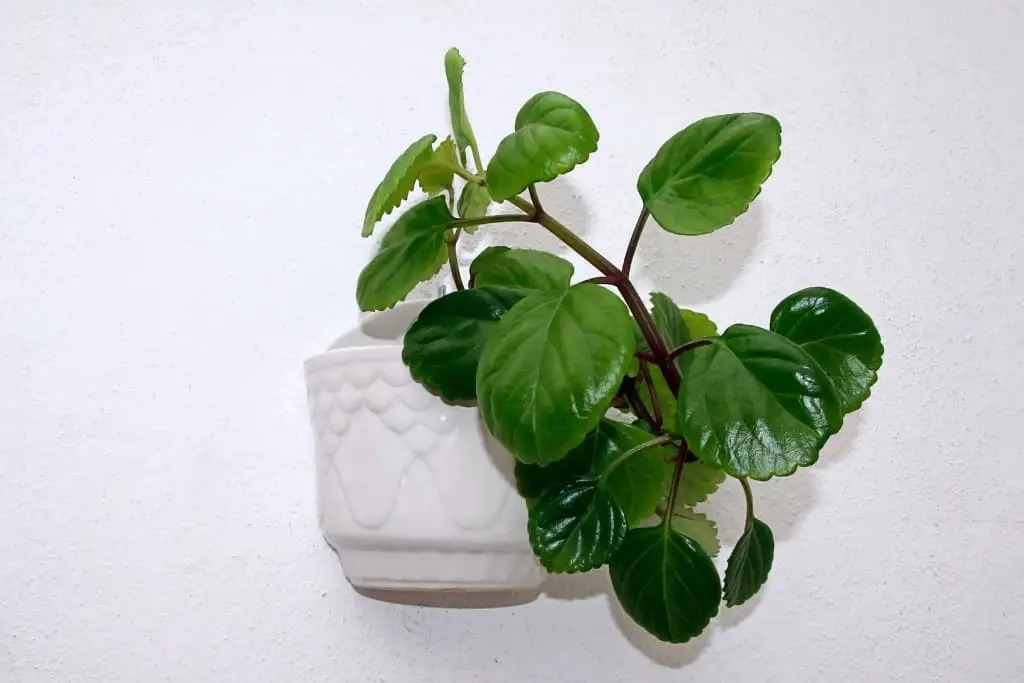
Swedish ivy does well in bright, indirect light. A bit of direct morning light is fine indoors, but full sun can burn its leaves. In optimal conditions, Swedish ivy might even surprise you with small spikes of white, pale mauve, or pale pink flowers in spring and late autumn.
This plant does best if you water only when the top third of the soil is dry. An underwatered Swedish ivy’s leaves will become soft and dull green, but the plant will recover easily after watering.
Like pothos, Swedish ivy grows quickly and can be rooted in just water. It looks best in a hanging basket to show off its trailing foliage.
Spider plant
(Chlorophytum comosum)
There’s a reason spider plants are such a classic—they’re so easy to care for! Newer spider plants need watering about once a week (just be sure that the top inch (2.5 cm) of the soil is dry before watering). More established plants can be watered a little less often.

Your spider plant will do just fine in lower light conditions, but they prefer bright indirect light. Avoid direct sun, which will scorch the leaves.
Spider plants send out runners with little plantlets (clones of the mother plant). Once these spiderettes form roots, you can plant them in their own pots, or leave them for visual interest.
Chinese evergreen
(Aglaonema)
Chinese evergreens are tolerant of just about any spot you want to put them in, making them an easy choice for houseplant beginners. Medium to bright indirect light is best for aglaonema, but it will also do well in low-light conditions or under fluorescent lighting.
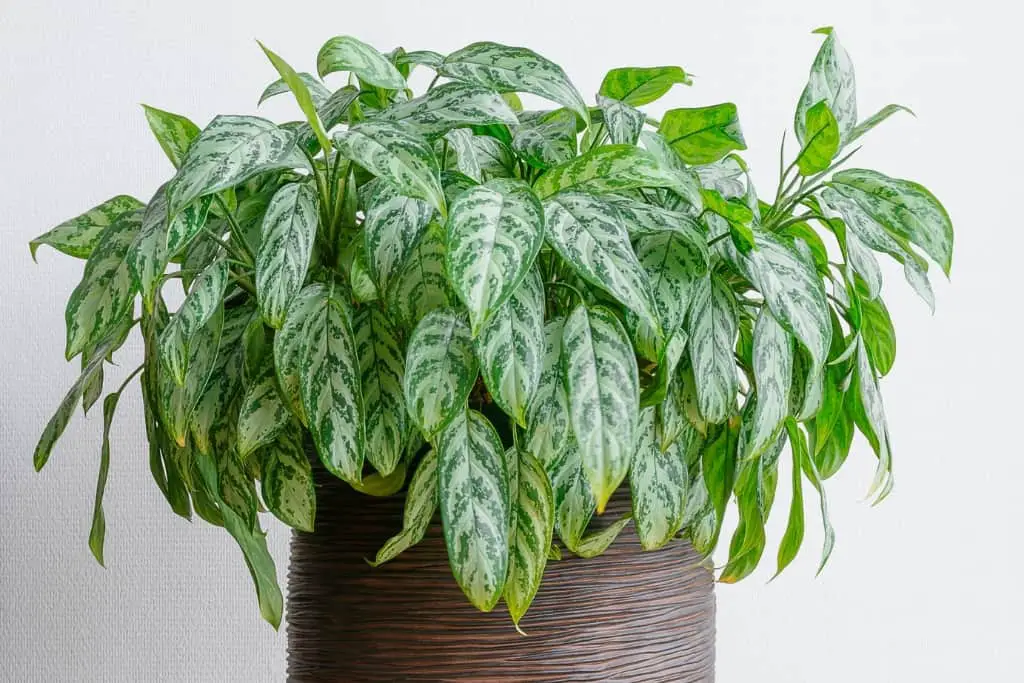
Aglaonemas like temperatures of 60℉ (16°C) and up, so keep them away from air conditioning vents and drafts.
Chinese evergreens only need to be watered when the top two inches of soil are dry.
Peace lily
(Spathiphyllum)
Peace lily is a low-maintenance houseplant that is perfect if you forget to water your plants—it tells you when it needs to be watered!
The leaves will droop when peace lily is ready to be watered, giving you an unmistakeable visual cue that it needs a drink.

Peace lilies can tolerate fluorescent lights and low light, but it prefers brighter indirect light. This plant tends to flower only with better light. But, its foliage alone makes it an attractive plant for those parts of your home or office that don’t have the best light conditions.
Snake plant
(Dracaena trifasciata)
Looking for a plant that’s virtually indestructible? You can ignore your snake plant for weeks and it will bounce right back!
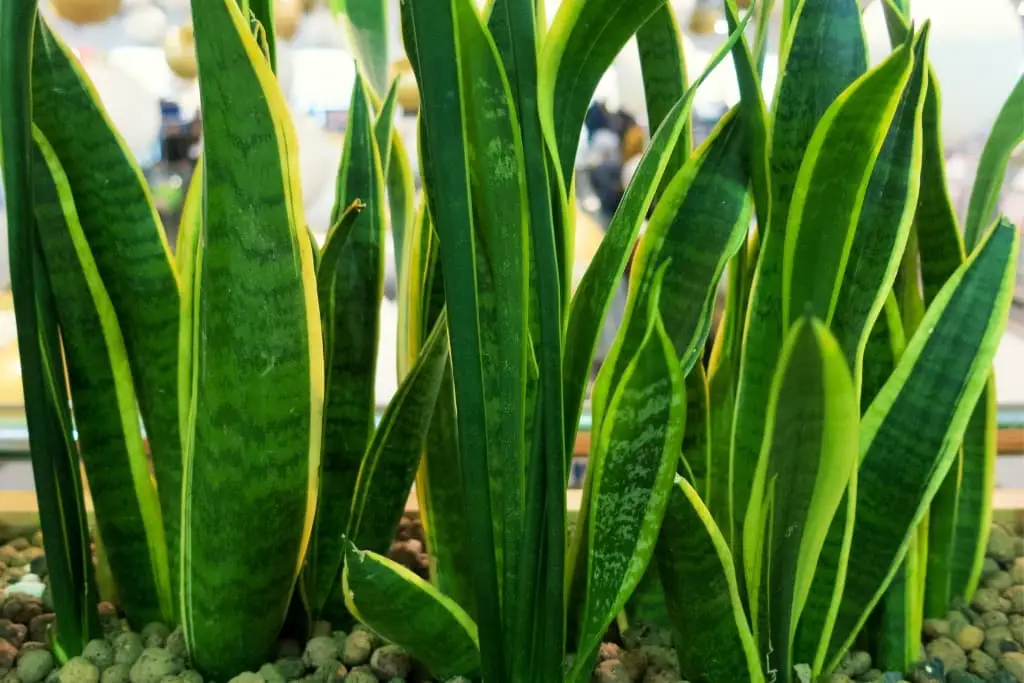
Snake plants can survive drought, low light levels, and they have few issues with plant pests.
The stiff-leaved, upright houseplant can tolerate just about any light conditions, including artificial light. Be careful not to put your snake plant in direct sun to avoid scorching the leaves.
Monstera
(Monstera deliciosa)
Monstera’s large, fenestrated leaves make it a striking statement houseplant. Although monstera is a trendy plant right now, it’s actually very easy to grow.
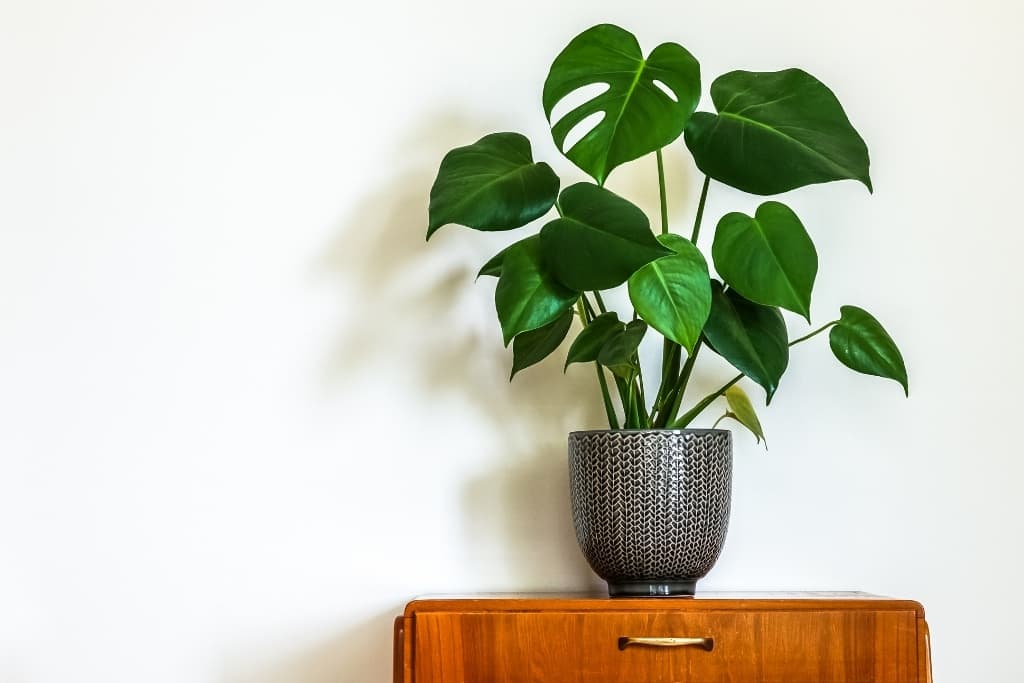
Monstera loves bright to medium indirect light, but can eventually build a tolerance for a few hours of more direct sun each day.
Your monstera plant only needs to be watered every week or two, and likes its soil to dry out between waterings. Monstera thrives in humid conditions, making it a good choice to decorate a bathroom.
Dumb cane
(Dieffenbachia seguine)
Dumb cane, or dieffenbachia, is a strong houseplant that thrives in almost any light condition except direct sun. This easy to care for plant’s resilience makes it a wonderful houseplant for beginners.
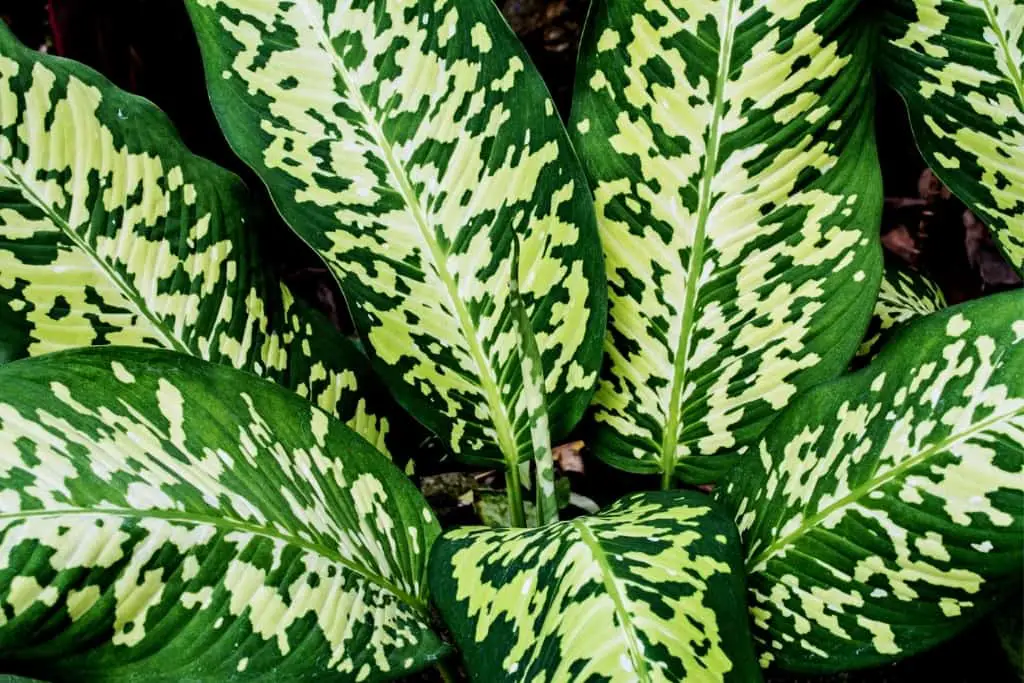
Dieffenbachia can tolerate extended periods between waterings. But for best results, give your plant a good watering and then let it dry out for a bit.
Like many tropical houseplants, dumb cane likes indirect bright light and higher humidity. However, it can still do well in lower light conditions or in a slightly drier environment.
Dumb cane enjoys the average home temperature of 65-75 ºF (18-23 ºC) but can tolerate extremes from 40-90 ºF (4-35 ºC).
ZZ plant
(Zamioculcas zamiifolia)
The low-maintenance ZZ plant is a popular choice for new plant parents. Its drought resistance and ability to tolerate low light make it an easy to care for houseplant. ZZ’s attractive, dark green leaves can brighten a dark corner of your home, or add some life to a fluorescent-lit office.
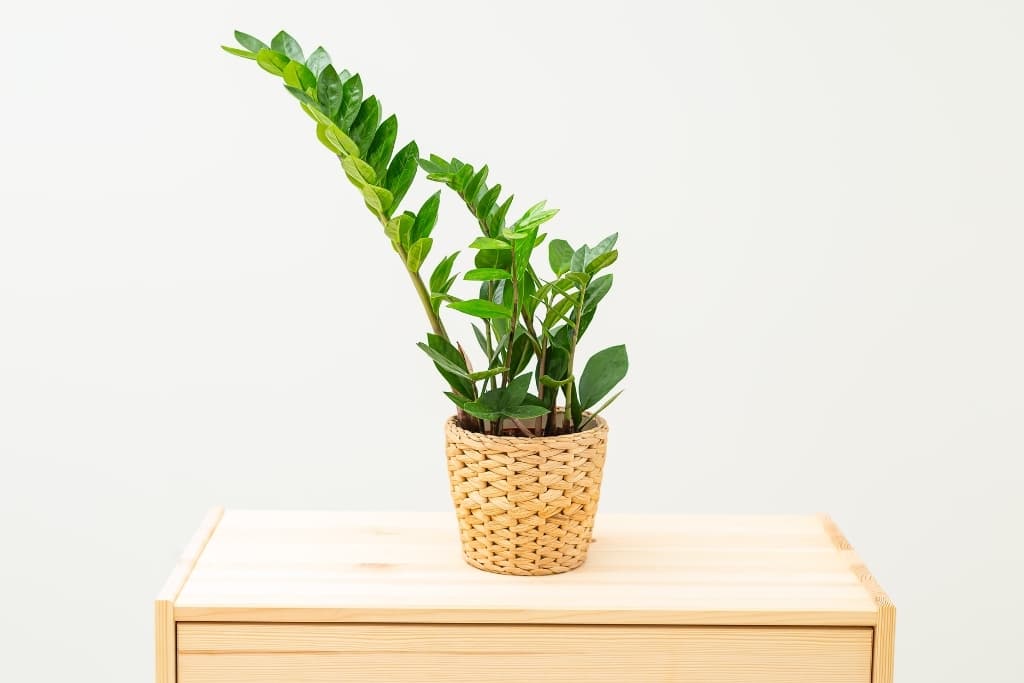
ZZ plants store water in their rhizomes, roots, and stems, so less is more when it comes to watering. You won’t need to give your ZZ a drink until the soil is fully dry.
The ZZ plant is resistant to disease and plant pests. It’s also a fairly slow-growing plant, so you won’t need to worry about repotting your ZZ very often.
Philodendron
Often confused with pothos for their similar looks, philodendron is just as easy to care for.
Philodendron likes bright, indirect sunlight. A spot near a window where your plant never gets direct sun is the perfect home for a philodendron.
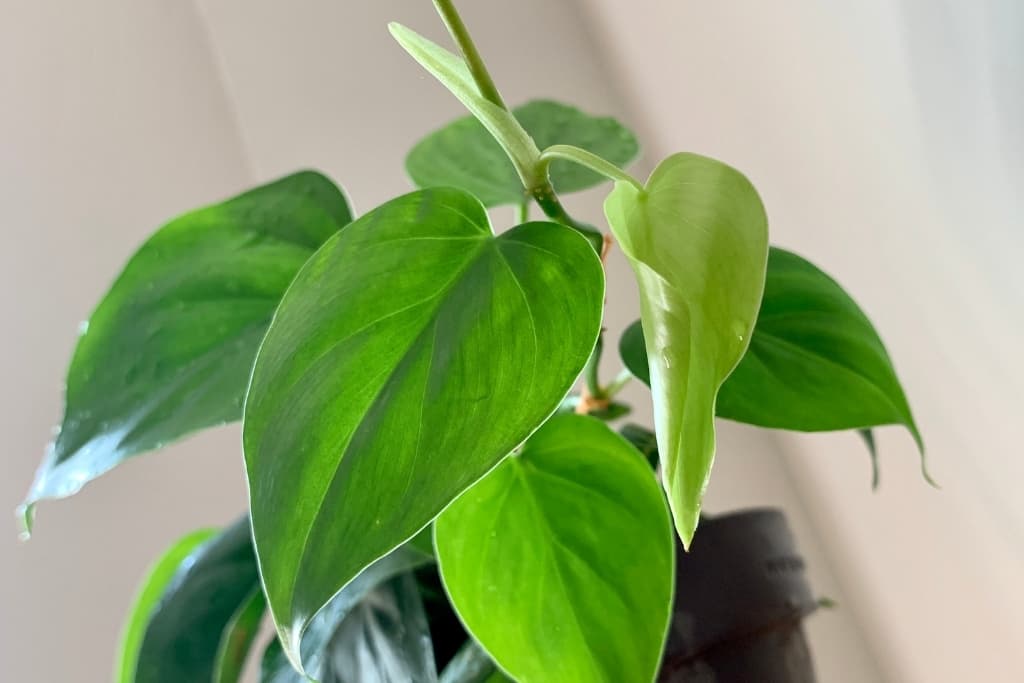
Your philodendron prefers not to be overwatered, so wait until the top inch (2.5 cm) of soil is dry before watering. The leaves will become droopy if your plant isn’t getting enough water, but will recover quickly.
Vining philodendrons, like the popular heartleaf variety, can cascade down from a hanging basket. Or, train them to climb up a pole or trellis. Non-climbing philodendrons grow upright on their own—no staking is necessary.
Ponytail palm
(Beaucarnea recurvata)
Although it’s a showy plant with its masses of hairlike fronds, ponytail palm is actually very easy to take care of.
It’s actually a succulent, not a palm, so it’s drought-tolerant and super low-maintenance. Ponytail palm only needs to be watered every 2-3 weeks, making it a good choice if you travel regularly.
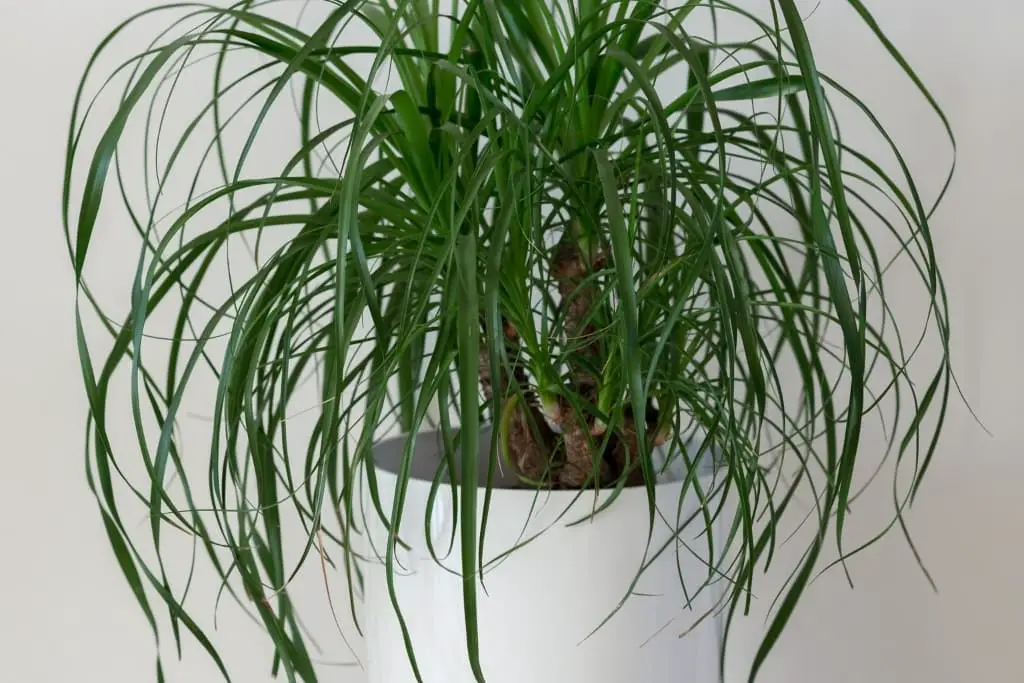
Ponytail palm needs bright light to thrive, so find a sunny spot for your plant to live. If you don’t have a sunny area inside, ponytail palm doesn’t mind living outdoors in the summer and then coming inside for the winter to stay in indirect light.
Like other succulents, ponytail palm prefers drier conditions. Let it dry out completely between waterings, and only water sparingly in the winter.
You may also like:
- An Illustrated Glossary of Plant Terms
- Inspirational Houseplant Quotes (With Photos)
- 29 Houseplants for Low Light Areas

Pin this to save for later!
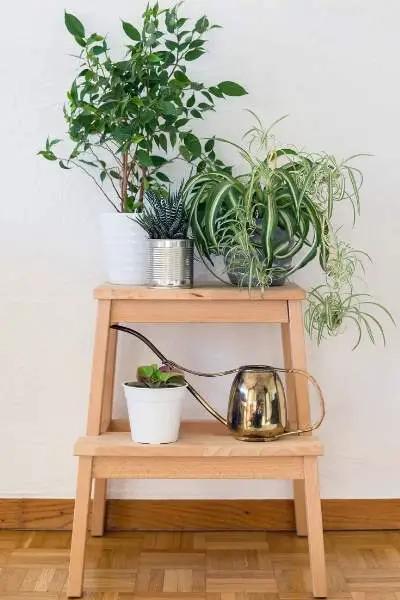
GET A FREE PLANT CARE TRACKER!
Sign up for the Leafy Little Home newsletter, where we share plant tips and inspiration to turn your space into a green oasis. Plus, we'll send you a handy printable Plant Care Tracker, absolutely free!
By signing up you agree to receive the Leafy Little Home newsletter. Unsubscribe at any time.
Which are your favorite easy houseplants for beginners? Have you grown any of these beginner plants in your own home? Let me know in the comments below!
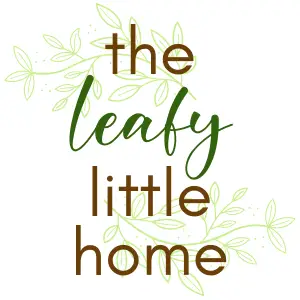
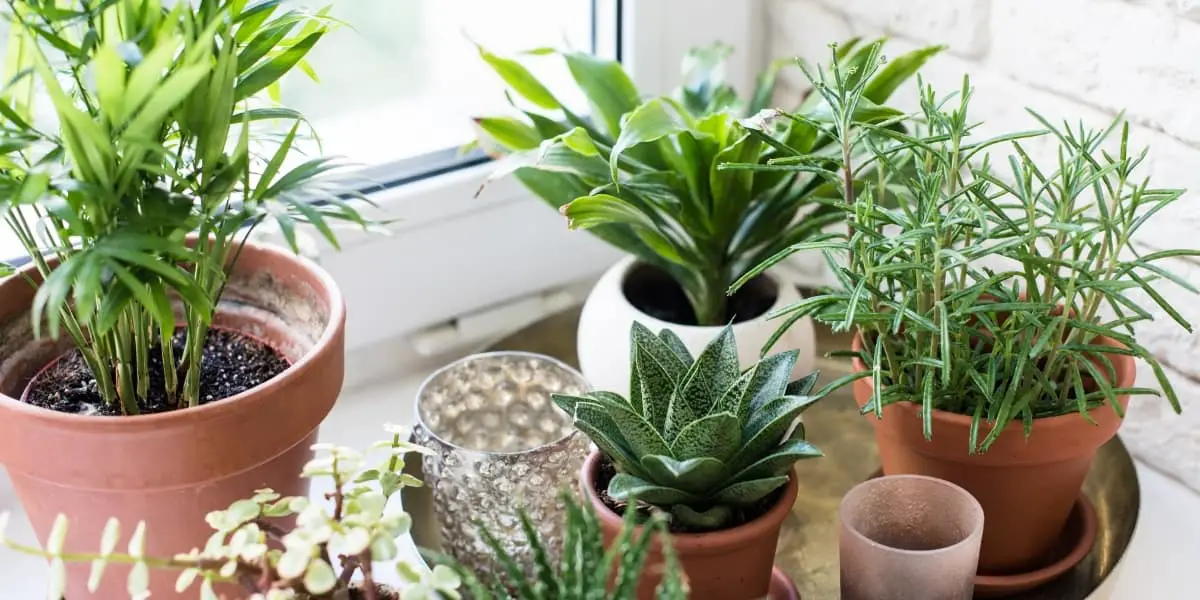
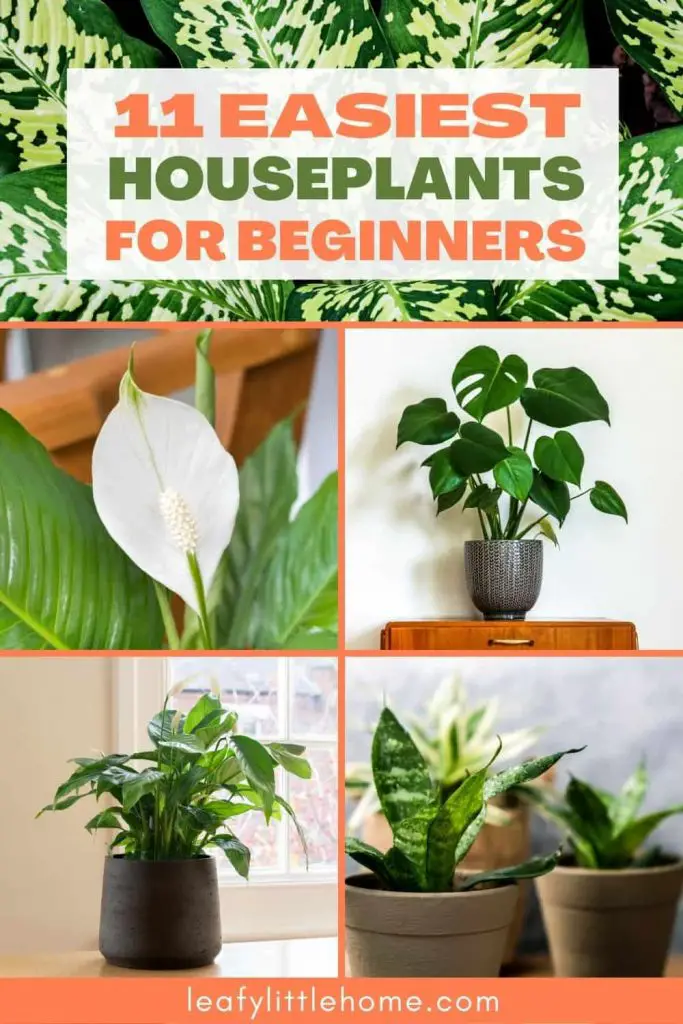
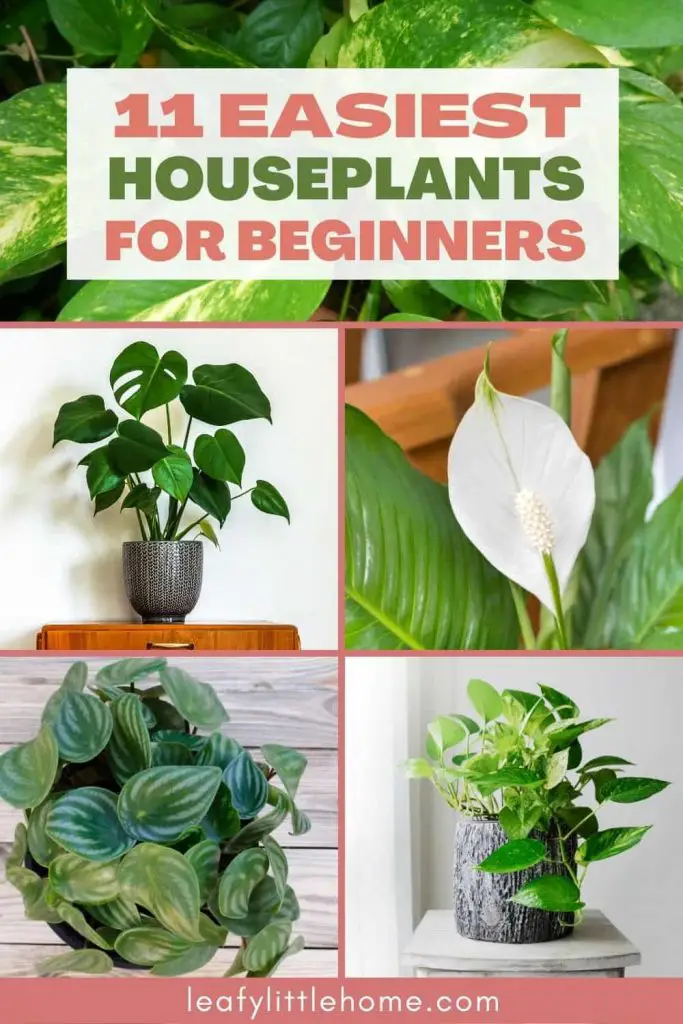
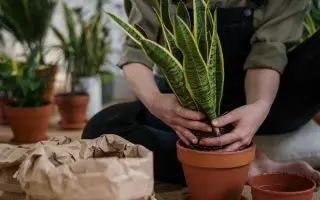

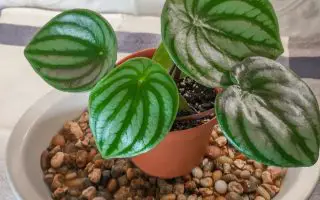
This is a great list. I remember when I first started my houseplant collection. I thought they’d all be so easy to care for. Needless to say, I was a plant killer at first. LOL
Hi Claudia, lots of us have gone through the same thing! I was obsessed with African violets as a young teenager, and I think I killed six of them before I figured out how to care for them!
This is going to help so many budding house plant gardeners. You really have to dip your toes in the water when you start out with house plants. You can’t just dive right in.
Hi April, that’s so true! Starting out with easy plants can really build your confidence, too. Plus, lots of them are really pretty and rewarding to care for!
I’m so glad I stumbled on this. We were talking about getting a plant for our living room and I had no idea where to start.
Hi Heather, I’m so glad you found my post! Any of these easy houseplants would be a perfect start. Happy growing!
These are all such beautiful plants. I love that they’re not only easy to grow but that there are such a variety of shapes here. Very pretty.
Hi Elizabeth, I agree! Even though these are easy houseplants to grow, they’re all very beautiful!
That’s some nice suggestions. In fact, I have most of them in my terrace and home garden. Except the Swedish Ivy and Snake plant, I have all.
Hi Kuntala, that’s wonderful! I bet your plants are beautiful :) If you can find a snake plant or Swedish ivy near you, I highly recommend them both. Swedish ivy is one of my faves, since it grows quickly and is so easy to propagate.
I have some houseplants in my house like your pictures. It’s my hobby and also improves my mood when I arrange houseplants at home.
Hi Yudith, taking care of plants improves my mood, too! Helping things to grow is such a rewarding hobby :)
I literally kill all of my houseplants as I just don’t have a green thumb. I need to do more research on how to take care of them as I do adore having plants in my home.
Hi Autumn, I bet you can develop a green thumb! Researching your plants’ needs is definitely key to helping them thrive, so you’re on the right track :) Over- or underwatering is usually what ends up killing houseplants – here’s a link to my free plant care tracker to help you with that. Happy growing!
Thank you for sharing houseplants recommended indoors. Now I can choose what to put in my house. Keep sharing more blogs like this.